Written by Lorraine Wilson, Davis Phinney Foundation Ambassador
Anyone who has visited the Davis Phinney Foundation website, attended The Victory Summit® event or spoken to just one Foundation Ambassador, learns quickly that the Foundation’s mission is to help people with Parkinson’s live well today. With that in mind, what does wellness even mean and how on earth can sketchbooks help you find yours?
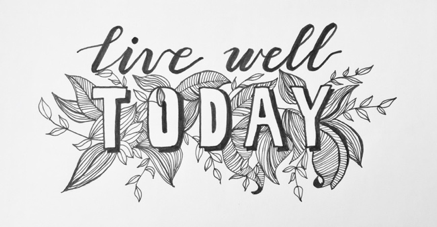
What Is Wellness?
Wellness definitions vary but most include these fundamental elements:
- Wellness is multidimensional, dynamic and interactive
- Wellness is not simply the absence of illness and infirmity
- Wellness is self-directed, meaning we have choices
The Many Dimensions of Wellness
Search beyond the definition and you’ll find six dimensions that contribute to the wellness umbrella – physical, spiritual, social, emotional, intellectual and occupational wellness. I call the physical, spiritual, social and emotional dimensions of wellness the Fab Four because I see them as the most essential building blocks of personal well-being.
Physical wellness, as you have no doubt heard from your doctors, care partners and anyone you know who knows anything about Parkinson’s, is critical. The Davis Phinney Foundation has written about it many times.
Spiritual wellness is all about feeling a healthy sense of value and purpose in your life. Some people find meaning and purpose through organized religion. Others find it through meditation, connections with people, spending time in nature or just feeling a deep connection to something bigger than themselves.
Social wellness can be found and nurtured by connecting with friends, family members, co-workers, support group members and more.
Emotional wellness involves being aware of your emotions, understanding your emotions, accepting your emotions and being able to manage them through all types of transitions.
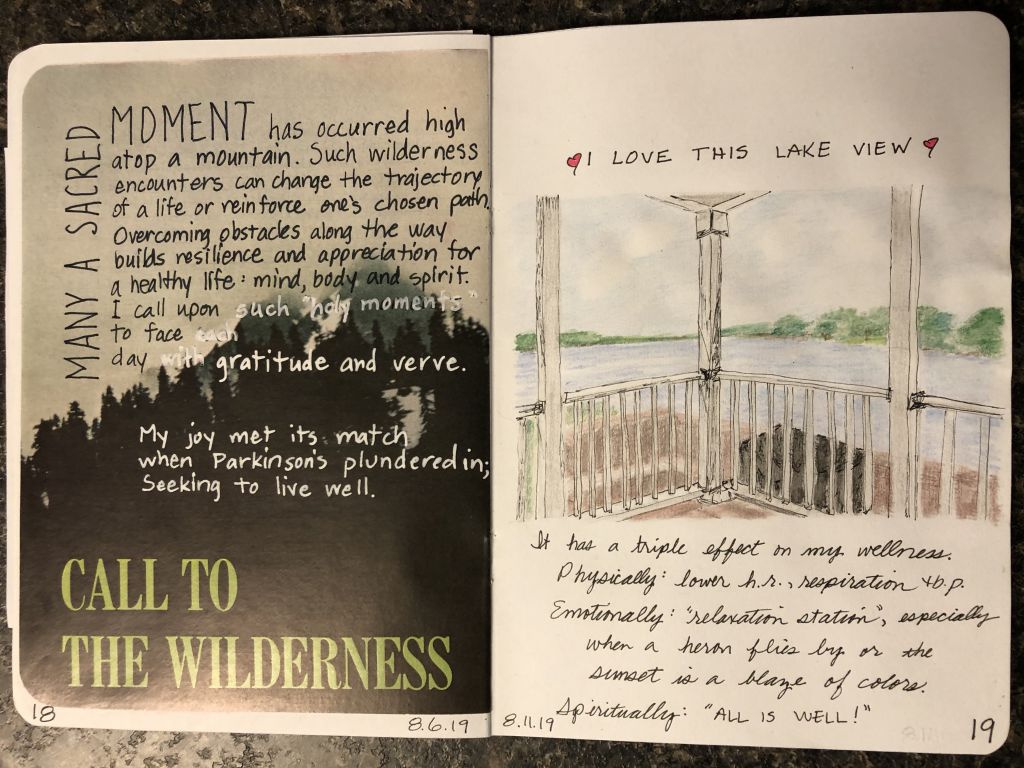
When you find balance among these dimensions, you’re likely to experience more days filled with good health and energy. I’m not suggesting that you’ll find balance overnight, but you will be able to move toward it if you’re intentional about it. A great way I’ve found to support the process is by expressing myself creatively.
Paths of Creativity
I know creativity can be a loaded word; so, to take away some of the charge around it, let’s just call it a way of expressing yourself and being open to a different way of thinking. Many of you might say you’re not creative but, in some form or fashion, you are. Every time you change your perspective, solve a problem in a new way or break with routine, you are being creative. One of my favorite creative pursuits involves sketching.
The Small But Mighty Sketchbook
 What I find wonderful about keeping a sketchbook is that I am able to relax while also being mindful during the process. That’s not a contradiction! Relaxation strengthens my ability to concentrate on the page and to be mindful of the process. As my sketch reveals itself, I sometimes find that journaling creeps onto some pages, which is a good thing for unlocking thoughts and feelings I am unaware of.
What I find wonderful about keeping a sketchbook is that I am able to relax while also being mindful during the process. That’s not a contradiction! Relaxation strengthens my ability to concentrate on the page and to be mindful of the process. As my sketch reveals itself, I sometimes find that journaling creeps onto some pages, which is a good thing for unlocking thoughts and feelings I am unaware of.
There’s a spiritual element in my sketching as well. When I do it, I’m able to connect with the experiences of others and feel more connected to the world around me. Spiritual wellness includes hope and joy, both of which I feel in abundance when I sketch and then share my work with others. Putting images, thoughts and concerns on paper releases them from my mind in a special way. It also provides a diary, if you will, of how I felt at a certain time on a certain day, so that my Parkinson’s progression seems more manageable. I don’t know that I’ll ever look back on my sketchbooks, but a loved one may do so and find comfort in my expressions of who and where I was in my life at that given moment, Parkinson’s and all.
Sketching can be both social and emotional. I often like to work alone in my sketchbook, but I also enjoy meeting others during “Sketchbook Sessions”. Expressing myself using a variety of mediums – pencil, paint, collage – on the sketchbook page helps me better understand my bright and dark feelings and orders my emotions into a helpful perspective for others to see. Feedback from others is usually encouraging and can jumpstart a blank page that has been taunting me. Those of us who sketchbook together have mentioned how working in the sketchbook relieves stress and increases our feelings of accomplishment.

The great thing about sketchbooks is that they’re easy to transport. So are pens, pencils, markers or any other tool you like. I keep a tote bag filled with my supplies so I can pick it up and head out for a walk on a moment’s notice. I put a folding camp chair in my car when I head downtown to sketch local buildings; I especially enjoy unique architecture or a place with meaning in the community. I’ll carry my tote bag and walk until I find something to sketch. These examples do not fit the standard definition of exercise; however, getting out and about fits the concept of including multiple movement sessions throughout your day, which is what I call lifestyle activity.
Happy sketching!
Want to give it a try? Pick up a sketchbook and something to draw with. Express a feeling or draw something you like. Don’t be overwhelmed thinking you have to be a trained artist or must fill a sketchbook page every day. You don’t need an art store’s collection of supplies. Don’t worry about art lessons, how-to books or online resources unless you just want to check them out for inspiration. In order to get the hang of sketching, just go ahead and sketch.
Remember that this is your creative expression. This is your sketchbook. Do it your way to live well with Parkinson’s.
Recommended Supplies for Sketching
- Sketchbook (Something lightweight that will lay flat on a table)
- Pens (fine tip black ink)
- Markers (assorted colors in both fine and medium tip sizes)
- Watercolors (travel size, artist quality pigment)
- Fine and medium-size watercolor brushes
- Pencils (#2, colored pencils, watercolor pencils)
- Pencil sharpener
- Erasers (plastic, gum)
- Small zippered pouch for pens, pencils, erasers, etc
- Tote bag
Additional Resources
Art & Parkinsons: Sketchbook 101 by Lorraine Wilson
“Art therapy for people living with Parkinson’s” by Sophie Canadé, ATR, LPC
Learn To Draw – Sketching Basics + Materials – YouTube
The SketchBook Project – Add your sketchbook to a global library.
American Art Therapy Association – Find an art therapist near you.
Would You Like to Sketch with Lorraine in Person?
Join us for The Victory Summit® event in Tucson, AZ on Saturday, December 14th where we’ll be hosting our first ever words and pictures workshop as one of the afternoon sessions. Lorraine is pure joy and even if you don’t think of yourself as the creative type, you’ll walk away with some very useful and practical exercises you can do to help you live well today with Parkinson’s. Register for free here.


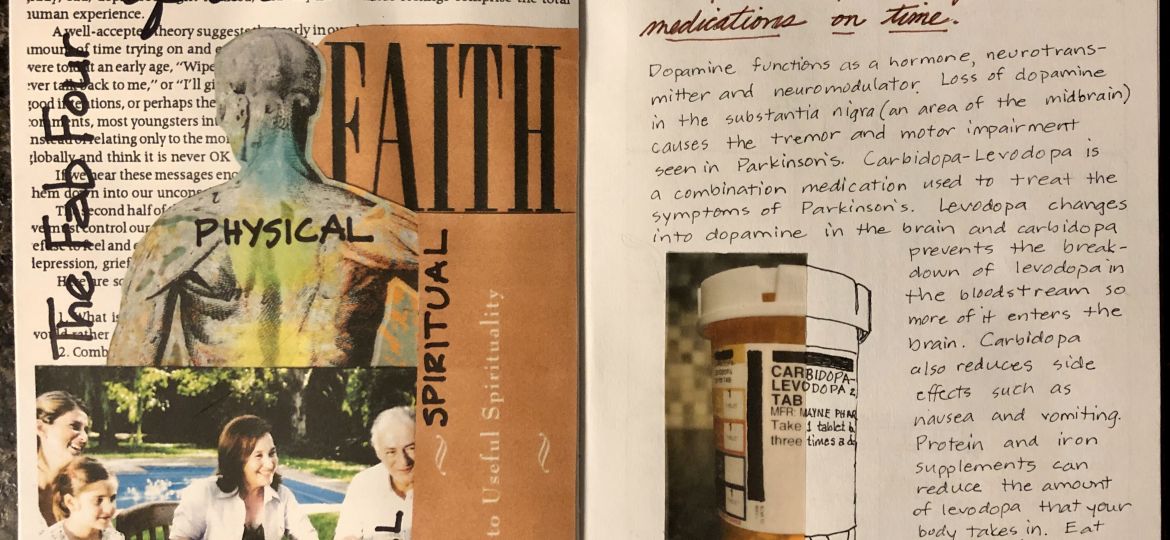
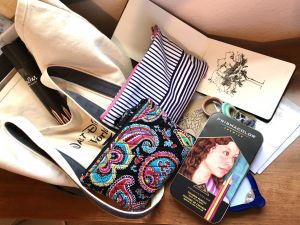


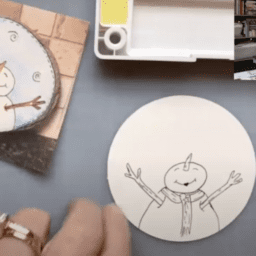
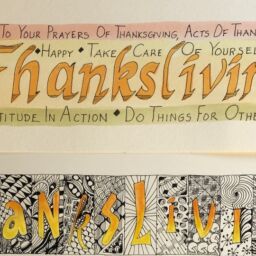
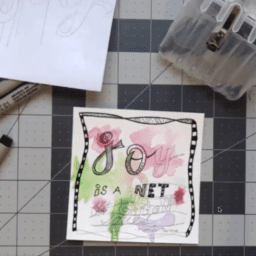

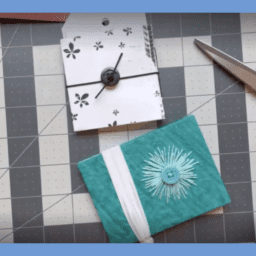
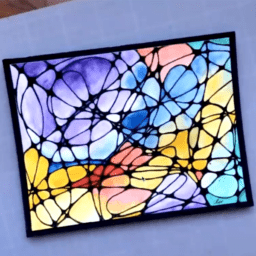


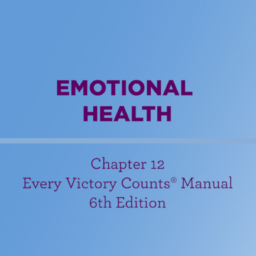

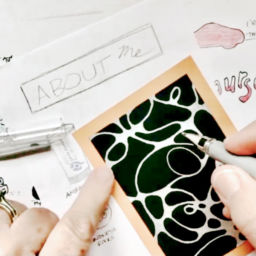


I used to sketch and draw all the time but now these Parkinson’s tremors have put a stop to it. It’s all I can do to sign my name on checks. When I try to draw now, it looks like a child’s scribbling.
Hi David, I’m sorry your tremors have made it so difficult to sketch. It sounds like it used to be a great outlet for you. Do you have tremor on both sides? Have you tried the practice of sketching with your arm instead of making your wrist have all of the control?